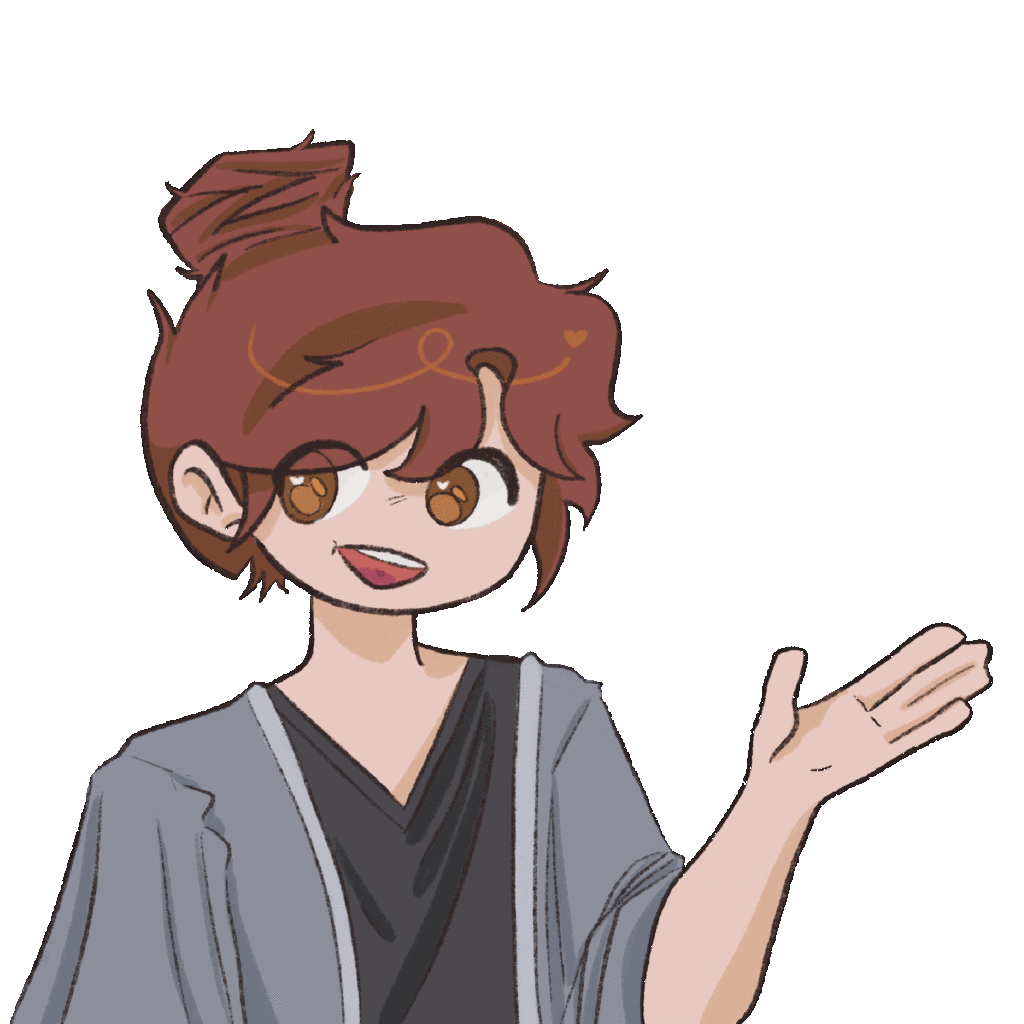Teamfight Tactics (TFT) is an auto battler game created by Riot Games as part of the League of Legends franchise. Based on Dota Auto Chess, the game centers around eight players who are each building teams to fight one another and be the last one standing. Players build teams based on accounting for champion (the sprites engaged in battle) types and synergies, the forging of weapons, augments and buffs, health/mana management, gold / monetary management, and more.
Teamfight Tactics is certainly one of those games where you learn by failing (and/or by reading guides). As someone completely inexperienced with the auto chess genre and the League of Legends franchise, the learning curve was high. Though the tutorial ensured that I knew how to place players on the board, run to pick up items, and gave me suggestions on some attributes to account for, I encountered an error when attempting to expand my team in the tutorial. As I was playing the game with friends who were patiently waiting for me to finish the tutorial, I simply closed out of it and forged on with gameplay. Whether finishing the tutorial would have helped or not, I lost stupendously. My attempts to build a team off common traits were hindered by poor luck, I had no clue how to forge and apply weapons to champions despite collecting many, and I did not understand the importance of positioning until much later in the game. Whatever I did learn regarding TFT from my friends’ haphazard remarks, I was unable to implement due to the time-sensitive nature of the planning phase.
However, what I enjoyed the most about my otherwise lackluster playing experience was watching the other players continue their battles after I had been eliminated. Though I am still not cognizant of the finer technicalities of TFT strategies, I could parse the kind of team my friends / other players were leveraging and how certain synergies were created between champions. I witnessed the benefit of strategically applying weapons and buffs / augments, and my friends’ verbal remarks regarding what kind of items or champions they were seeking during the Carousel phase helped me understand how I should be approaching that phase too. Beyond that, it was rewarding to watch one of my friends in particular win the match. From this watching experience, I understood how TFT could foster a thriving community that bonds over making and sharing the most suitable strategies for winning matches.
Though I certainly prefer other games we’ve played this quarter, playing TFT was a valuable learning experience in my foray of game-playing. I enhanced my appreciation of auto-chess strategy by seeing what happens without said strategy, while picking up some pieces of TFT strategy to use the next time I play. Even without this knowledge, I still enjoyed being with my friends while playing the game, and arguably, that’s the most important part of playing any multiplayer game, like TFT. Though now, I will be reading over some TFT guides to prepare for next time 🫡


Hi Caroline,
Honestly, you’re a trooper for wanting to continue playing TFT after losing! I think the learning curve for TFT is really high, but it definitely builds character and resilience, as they say…anyways I think you can definitely get really good at TFT just buy playing a lot more and reading the guides. I look forward to playing with you again in the future!